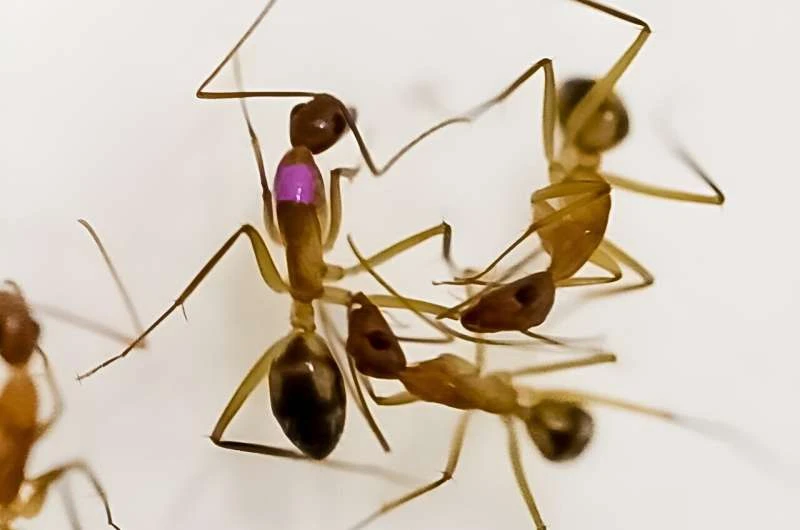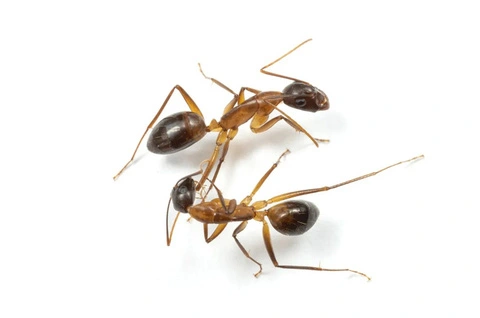
Ants Perform ‘Surgery’ to Save Their Injured Comrades
Researchers have discovered that Florida carpenter ants can perform amputations and clean wounds to prevent infections from spreading. According to a study published on July 2 in the journal Current Biology, these ants are the second species known to perform such surgical procedures, after humans. The research revealed that Florida carpenter ants (Camponotus floridanus) can detect injuries on the legs of their fellow ants and treat them by either cleaning the wound or amputating the affected limb.

“When it comes to amputation, this is the only case where one individual performs a complex and systematic amputation process on another member of the same species within the animal kingdom,” said Erik Frank, the lead author of the study and a behavioral ecologist at the University of Würzburg in Germany.
In 2023, Frank’s research team discovered that an African ant species, Megaponera analis, could treat infected wounds in their nestmates using an antibacterial compound secreted from their glands. Since Florida carpenter ants lack similar glands, the researchers wanted to explore how this species handles wounds.
Specifically, the researchers examined two types of leg injuries: tears in the femur and injuries to the tibia. In experiments, they observed that the carpenter ants cleaned femur wounds with their mouths and then performed amputations by repeatedly biting the affected leg. However, for injuries to the tibia, they only cleaned the wounds. The surgical intervention significantly improved the survival rates of the injured ants. Survival rates for femur wounds increased from below 40% to 90-95% after amputation, while survival rates for tibia wounds rose from 15% to 75% after cleaning.
The scientists believe that ants only amputate femur wounds rather than all leg injuries due to limitations in speed. It takes at least 40 minutes for the ants to complete an amputation. After examining CT scans of the carpenter ants, Frank and his colleagues hypothesized that damage to the blood-pumping muscles in the femur slows down blood circulation. This delay in circulation allows enough time for the ants to amputate the limb before the bacteria-laden blood spreads throughout the body.

In contrast, the tibia contains relatively little muscle tissue, meaning infections can spread more quickly. This suggests that carpenter ants would take too long to amputate the limb to stop harmful bacteria from spreading, so they focus on cleaning the wound instead. “The ants can diagnose the injury, assess whether it is infected or clean, and treat it accordingly over an extended period. This is the only medical system that can be compared to that of humans,” Frank said.
The ability of ants to recognize and treat wounds appears to be innate, with no evidence of learned behavior. Currently, the researchers are expanding their studies to other ant species that lack specialized antibacterial glands to see if they also possess surgical capabilities.



